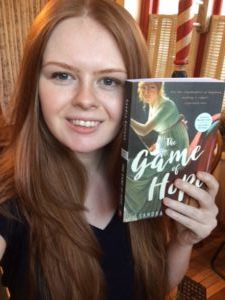
by Sandra Gulland | Feb 27, 2018 | Adventures of a Writing Life |
I’ve a newsletter about to go out, and I want to remind my wonderful readers who aren’t on my newsletter mailing list that you’re missing a chance to win one of my books — or (for the first time!) win an Audible edition of the entire Josephine B. Trilogy. The choice would be yours.
Click here to sign up. (Of course, you can unsubscribe at any time.)
Wonderful early reviews for The Book of Hope
Some readers have received an Advance Readers Copy (an “ARC”) of The Book of Hope, or read a free copy on NetGalley. It’s not possible for them to post reviews on Amazon until publication day, but it is possible to post a review on GoodReads and NetGalley.
It’s exciting (and anxious-making) to see early reviews coming in. My favourite so far is this one from Chelsea M. on NetGalley:
“Loved this read! It had me hooked!”
Swoon. That’s the best review a book can get, in my opinion. Thank you, Chelsea M., whoever you are.
Beta reader love
Here is a photo of one of my wonderful Beta Readers, Vanessa Van Decker, with the Canadian ARC of The Book of Hope.
Vanessa wrote that she was moved to tears to see the book. I myself was moved to tears to see the photo (above) of her smiling face with The Game of Hope in her hand.
Readers are so very special, and my team of young Beta Readers who read and commented on the early drafts of this novel were absolutely amazing.
An idea
Early readers: send me a selfie with The Game of Hope and I’ll post it to my website. A photo of the chocolate madeleines you make would be extra special. :-)
Why pre-order?
Pre-orders inform a publisher that the book is going to sell well, which publishers in turn communicate to bookstores. In short: it’s a very nice thing fans can do to help both a book and an author.
- Amazon.ca (due out May 1, in time for Mother’s Day, hint, hint :-)
- Amazon.com (due out June 26, in time for summer reading :-)
For more buying options, click here.

SaveSaveSaveSave
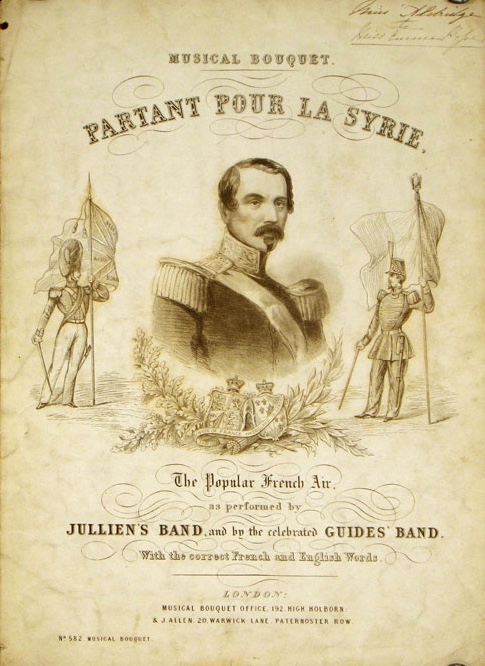
by Sandra Gulland | Feb 23, 2018 | Baroque Explorations |
Hortense was an exceptionally creative person. At Madame Campan’s Institute she was fortunate to have Isabey for an art instructor and Jadin for music. Hortense painted and composed songs throughout her life, but she is most known for the song “Partant pour la Syrie,” which remains popular today. You can hear a lovely performance of this song here, by a singer wearing a gown very much like one Hortense might have worn.
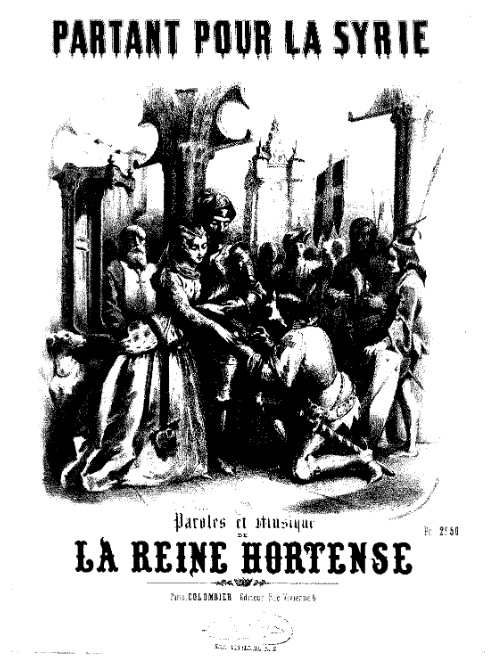
Hortense’s creative process
How did this song come to be written? What was Hortense’s creative process? There are hints in something she wrote:
At Constance, I had few books and no collection of poems in which I could find words. I once made some verses for my brother; I tried to compose, but the obligation to find a rhyme, to confine myself to a measure, soon tired me and after a few bad verses, I was left to the music. (See the French original below.)
This gives us an idea about Hortense’s creative process: she would write melody, and search in books for the verse.
Partent pour la Syrie
She wrote that she wrote “Partent pour la Syrie” at Malmaison, while Josephine was playing tric-trac, an old form of backgammon. The date she composed it isn’t known. One theory is that Hortense wrote the melody, and that the words were created by Alexandre de Laborde in or about 1807.
Under the Restoration (when Napoleon was overthrown and monarchy restored), “Partent pour la Syrie” became the rallying song for those in support of Napoleon. Hortense’s son Napoleon III made it a national hymn.
Hortense as composer
As an adult, Hortense composed many songs, then called “Romances.”
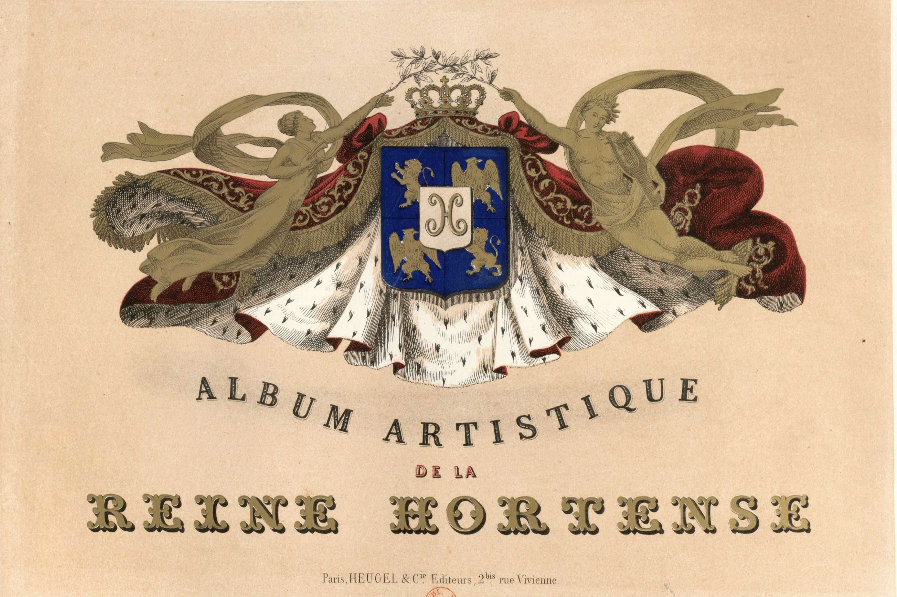

You can “leaf” through this lovely book online: here.
A Constance, je n’avais que peu de livres et aucun recueil de poésies où je pusse trouver des paroles. J’avais fait autrefois quelques couplets pour mon frère; j’essayai d’en composer, mais l’obligation de trouver une rime, de me renfermer dans une mesure me fatigua bientôt et, après quelques mauvais vers, j’en restai à la musique.
—from “La reine Hortense et la musique” by Marie-Claude Chaudonneret in La Reine Hortense, Une femme artiste, a publication made for the 1993 exposition at Malmaison, France.

by Sandra Gulland | Jul 4, 2017 | Adventures of a Writing Life |
I’m about to send out a newsletter — my first in six months! I’ve been MIA here on this blog, as well, the result of moving into a house still under construction, all the while working to finish my next novel, THE GAME OF HOPE.
Those of you who are already signed up for my newsletters know that they include news about the Work In Progress plus a smorgasbord of book-related news of interest to my readers.

(UK author Will Self‘s writing room. How does he even read the post-its at the top?)
Each newsletter subscriber has a chance to win a free book
Plus, with each issue, I give away one of my books to a subscriber.
So: if you’re not a subscriber, sign up here. (You can always unsubscribe, of course.)
And now?
And now, the fun begins with the final edits of The Game of Hope, its cover and design. I’m soon going to be putting a wealth of background information about the novel on this website.
For now, a blog post I wrote back when this novel soon to be born was merely a gleam in my eye:
And, of course, I’ve already started giving serious thought to The Next Novel. :-)

by Sandra Gulland | Jan 14, 2017 | Adventures of a Writing Life, Resources for Writers, The Shadow Queen, The Writing Process |
{Lovely San Miguel de Allende, where I am right now. A photo by Leah Feldon, it is similar to the view from my writing room.}
Yesterday was a big day for me: I woke at 4:00am, and shortly before 8:00am I emailed my manuscript to my editor and agent. It was Friday 13. I am not superstitious, but that did give me pause.
Some writers are able to write a perfectly good novel in two or three drafts. I am not one of those writers! It takes me years (and years) to uncover the complexities, the depths and the “fall line” of a story. My revision process is extremely slow, in spite of all the techniques I use (i.e. plotting) to try to speed it up. I do hope I’m getting closer.
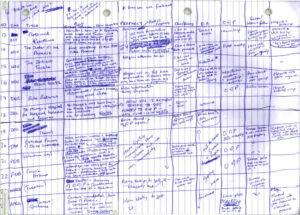
J.K. Rowling’s plot guideline. No doubt it helped!
Moonsick (working title) is my novel for Young Adults, a story based on the teen years of Josephine Bonaparte’s daughter Hortense. Is the novel too giddy? Too dark? I’m frankly not sure. This is why beta readers — teen beta readers — will be important to my final revision process.
Teen beta readers wanted
Later that same day I sent out a newsletter that included a call for teen beta readers. I now have three readers, and (I hope) more to come. I’d also like to find a book club that reads YA fiction — not exclusively, but often enough that they are comfortable with the genre. It occurs to me that a high school English class might be interested in reading it (although it really is a novel for girls). Let me know if you have a teen reader or a book club or class to suggest.
Going back to where it all began
Looking for reader guidelines I’ve used in the past, I discovered a blog post I wrote in February of 2012 — five years ago! — announcing that I would be writing a YA novel about Hortense.
Hortense as a teen — the subject of my next-next novel (Surprise!)
(Note that This Bright Darkness, mentioned in the post, was the working title of The Shadow Queen, which was published two years later, in the spring of 2014.)

Lovely Hortense as a teen. Energetic, creative, talented — a bright spark.
SaveSave
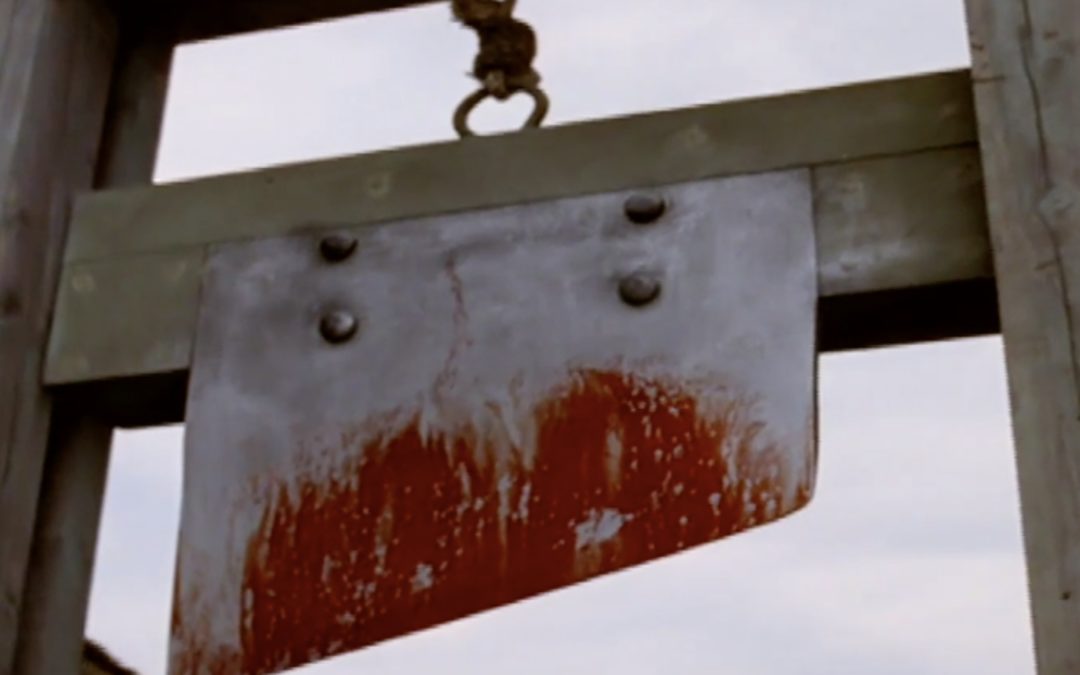
by Sandra Gulland | Dec 2, 2015 | Baroque Explorations, On Research, The Game of Hope, The Josephine B. Trilogy |
Tracking down facts can be a time-crunching task … but a very enjoyable one when the goal is in sight.
I began with a simple question: Where was Hortense’s father executed and buried? I think these were things she might have wanted to know.
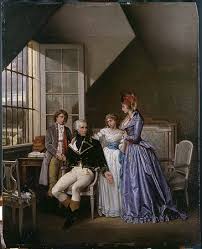
Portrait of Josephine and her two children, Hortense and Eugène, visiting their father in prison.
False leads
In the process, I found many wrong answers … which reinforces the common knowledge that the Net can’t be trusted. However, I knew enough to know when the answer was wrong, and kept looking.
In the process I ended up making a correction to a Wikipedia page … which rather thrilled me. Alexandre was defined, simply, as the lover of Princess Amalie of Salm-Kyrburg, a friend of Josephine’s who secretly acquired the land after the Revolution because her brother is buried there. Not only was it curious that Josephine and their children were not mentioned, but I very much doubt that Alexandre was Amalie’s lover. Other women, certainly, but not Amalie.
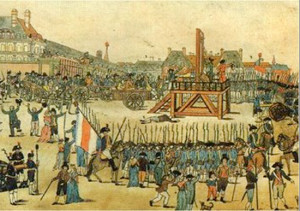
Place du Trône-Renversé—now Place de la Nation—where Hortense’s father was guillotined.
Alexandre was guillotined not in the Place de la Révolution (Place de la Concorde now) or Place de Grève (in front of the l’Hôtel-de-Ville), as if often claimed, but in Place du Trône-Renversé (now Place de la Nation), on the western edge of Paris. Apparently the other execution sites had become so bloody they had to find a new spot.
Mass executions at the height of the Terror
In a matter of about 6 weeks (from June 13 to July 27, 1794) 1306 men and women were guillotined, as many as 55 people a day. I imagine that it was hard work keeping the blade sufficiently sharp.
How to dispose of all the bodies?
It was also hard work disposing of the bodies. What is now the Picpus Cemetery was then land seized from a convent during the Revolution, conveniently close to Place du Trône-Renversé. A pit was dug at the end of the garden, and when that filled up, a second was dug. The bodies of all 1306 of the men and women executed in Place du Trône-Renversé were thrown into the common pits including 108 nobles, 136 monastics, and 579 commoners … .

The mass graves are simply marked.
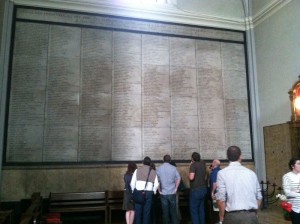
One of two wall listing the names and ages of the dead.

Le Cimetière de Picpus today.
Of those executed, 197 were women, including 16 Carmelite nuns, who went to the scaffold singing hymns.
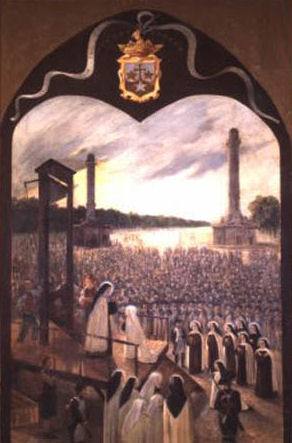
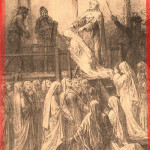
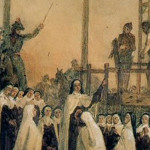
In all the research I’ve done in Paris over the decades, I’ve yet to go to either the Place du Trône-Renversé (Place de la Nation) or the Picpus Cemetery. I believe I’m due.




















